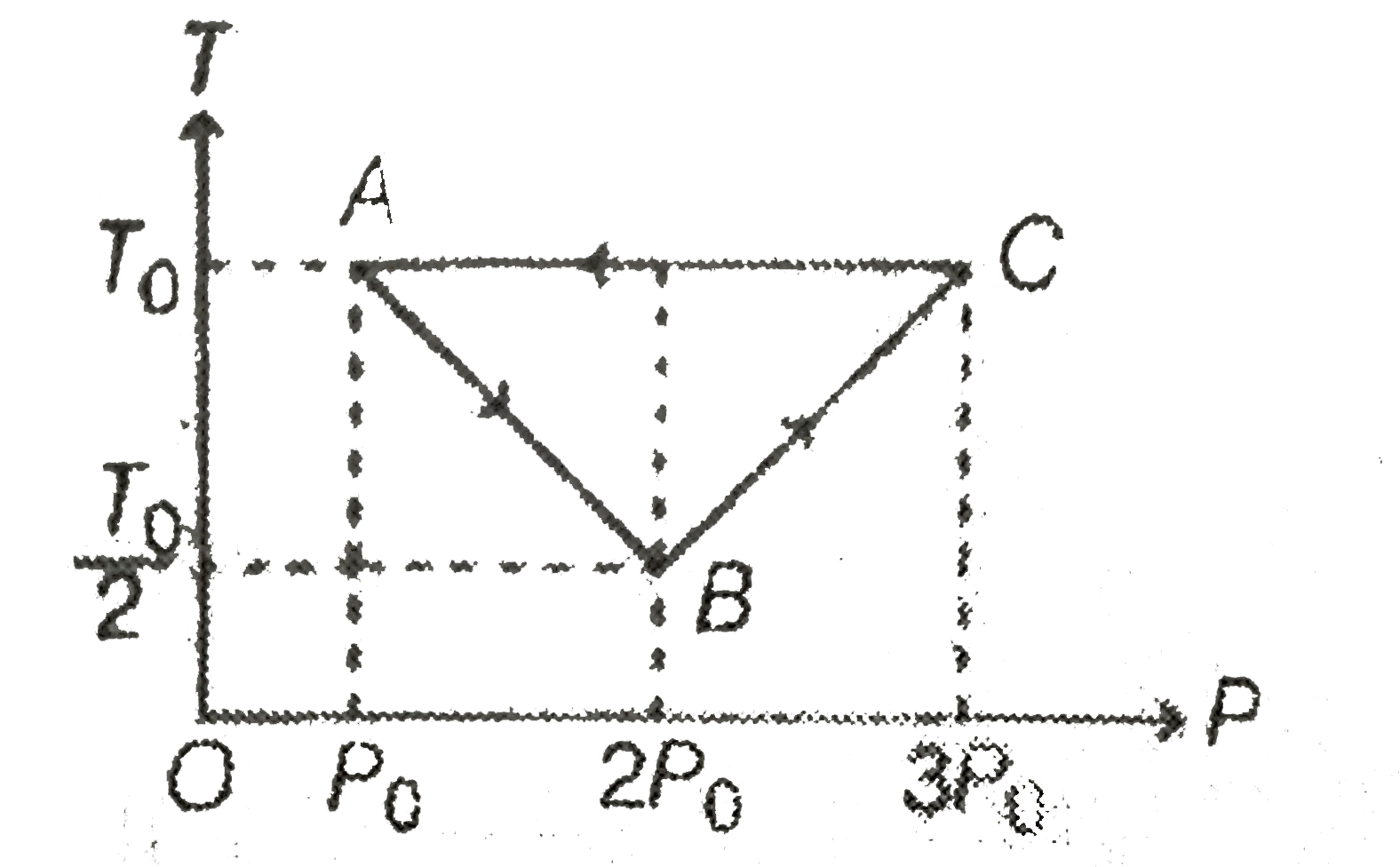The immature male germ cells undergo division to produce sperms by the process of spermatogenesis. Choose the correct one with reference to above.
Spermatogonia have 46 chromosomes and always undergo meiotic cell division
Primary spermatocytes divide by mitotic cell division
Secondary spermatocytes have 23 chromosomes and undergo second meiotic division
Spermatozoa are transformed into spermatids
The correct Answer is:C
Step-by-Step Solution:
1. Understanding Spermatogenesis:
- Spermatogenesis is the process by which immature male germ cells, known as spermatogonia, undergo division to produce mature sperm cells.
2. Initial Division of Spermatogonia:
- Spermatogonia undergo mitosis to produce more spermatogonia. This ensures that there are enough cells for further development.
3. Formation of Primary Spermatocytes:
- Some spermatogonia will undergo mitosis and develop into primary spermatocytes. These cells are diploid, meaning they have 46 chromosomes.
4. Meiosis I:
- Primary spermatocytes undergo meiosis I, resulting in the formation of secondary spermatocytes. This process reduces the chromosome number by half.
5. Meiosis II:
- Secondary spermatocytes undergo meiosis II to produce spermatids. At this stage, the cells have 23 chromosomes, making them haploid.
6. Spermiogenesis:
- Spermatids then undergo a transformation process called spermiogenesis, where they differentiate into mature sperm cells, also known as spermatozoa.
7. Evaluating Statements:
- Now, we need to evaluate the provided statements about spermatogenesis:
- Statement 1: "The spermatogonium have 46 chromosomes." - This is correct.
- Statement 2: "The primary spermatocytes divide by mitotic cell division." - This is incorrect; they divide by meiosis.
- Statement 3: "The secondary spermatocytes have 23 chromosomes and undergo second meiotic division." - This is correct.
- Statement 4: "The spermatozoa are transformed into spermatids." - This is incorrect; spermatids are transformed into spermatozoa.
8. Conclusion:
- The correct statement regarding spermatogenesis is Statement 3: "The secondary spermatocytes have 23 chromosomes and undergo second meiotic division."
- Spermatogenesis is the process by which immature male germ cells, known as spermatogonia, undergo division to produce mature sperm cells.
- Spermatogonia undergo mitosis to produce more spermatogonia. This ensures that there are enough cells for further development.
- Some spermatogonia will undergo mitosis and develop into primary spermatocytes. These cells are diploid, meaning they have 46 chromosomes.
- Primary spermatocytes undergo meiosis I, resulting in the formation of secondary spermatocytes. This process reduces the chromosome number by half.
- Secondary spermatocytes undergo meiosis II to produce spermatids. At this stage, the cells have 23 chromosomes, making them haploid.
- Spermatids then undergo a transformation process called spermiogenesis, where they differentiate into mature sperm cells, also known as spermatozoa.
- Now, we need to evaluate the provided statements about spermatogenesis:
- Statement 1: "The spermatogonium have 46 chromosomes." - This is correct.
- Statement 2: "The primary spermatocytes divide by mitotic cell division." - This is incorrect; they divide by meiosis.
- Statement 3: "The secondary spermatocytes have 23 chromosomes and undergo second meiotic division." - This is correct.
- Statement 4: "The spermatozoa are transformed into spermatids." - This is incorrect; spermatids are transformed into spermatozoa.
- The correct statement regarding spermatogenesis is Statement 3: "The secondary spermatocytes have 23 chromosomes and undergo second meiotic division."
Topper's Solved these Questions
Similar Questions
Knowledge Check
How many pollen mother cells should undergo meiotic division to produce 64 pollen grains?
A64B32C16D8An ideal gas undergoes isothermal process from some initial state i to final state f. Choose the correct alternatives.
A1.dU=dQB2. dU=-dWC3. dU=0D4. dU=dWIdentify the figures numbering to a type of cell division showing different stages.

Choose the correct numbering given to different cell division stages of mitosis.AB - Metaphase, C-Early anaphaseBA-Metaphase, B - MetaphaseCA- Prophase, C-Early anaphaseDBoth 1 and 3
(a) Name the hormone that initiates spermatogenesis in humans. Describe the process of spermatogenesis in spermatogenesis in sequence mentioning the ploidy of the cells at each step.
(b) Draw the diagram of a mature human sperm and label the parts that : (i) helps it reaching to the ovum . (ii) providing energy for it to reach the ovum. (iii) helping it to gain entry into the ovum.
View SolutionGo through the following statements:-
(i). Primary spermatocytes undergo mitotic divisions to produce secondary spermatocytes
(ii). Sperms released from the seminiferous tubules are fuly mature and motile
(iii) The head of sperm possesses may mitochondria which produce energy for the movement of tail
(iv) The human male ejaculates about 20-30 million sperms during a coitus
which of these are correct?
View SolutionGerminal epithelium located in walls of______ undergoes constant divisions to produce spermtagonia.Choose the option that fills the blank correctly.
(a) Rete testis
(b) Seminiferous tubules
(c) Epididymis
(d) Vasa efferentia
View SolutionSecondary spermatocytes undergo second meiotic division during spermatogenesis to produce.
View SolutionOne mole of an ideal monoatomic gas is taken through a cyclic process as shown. Choose the correct option(s).

View Solution

